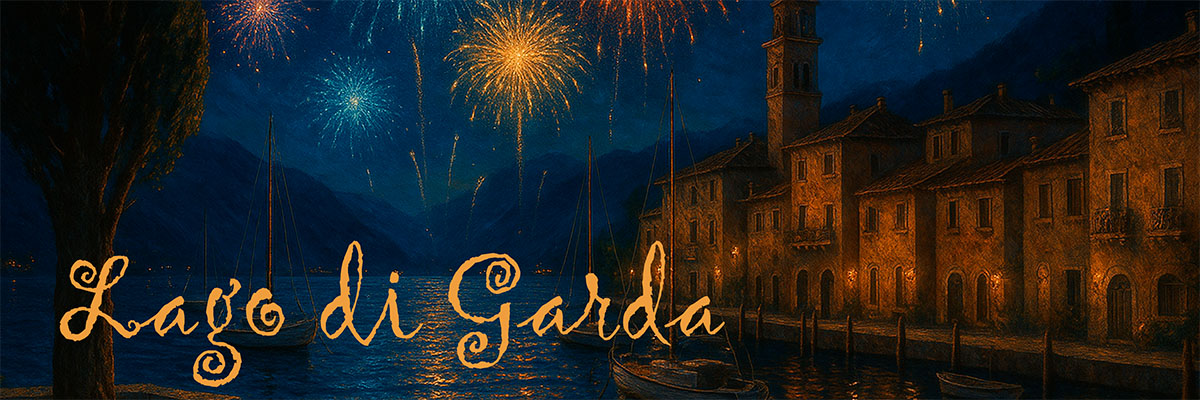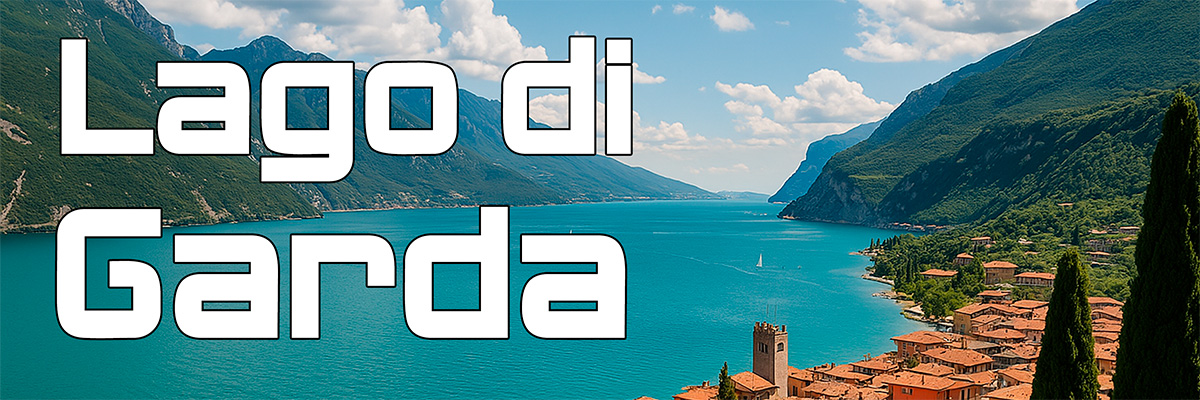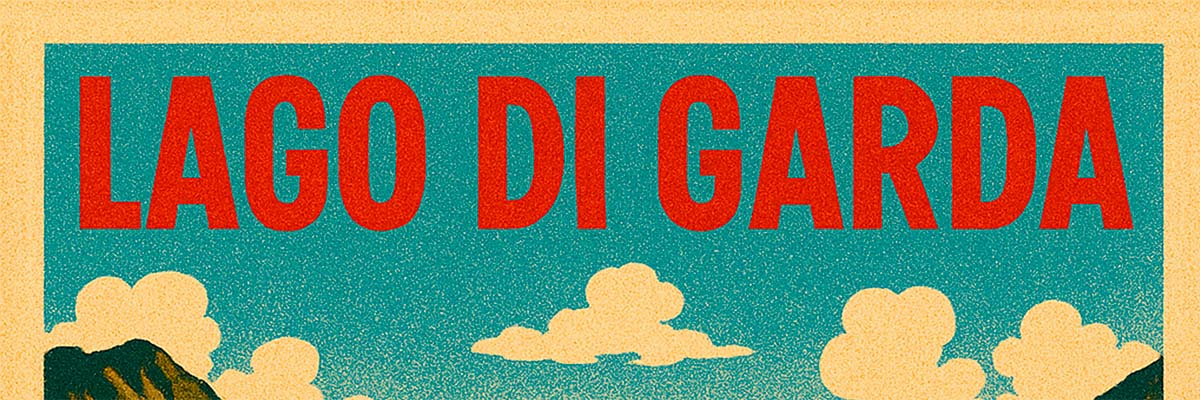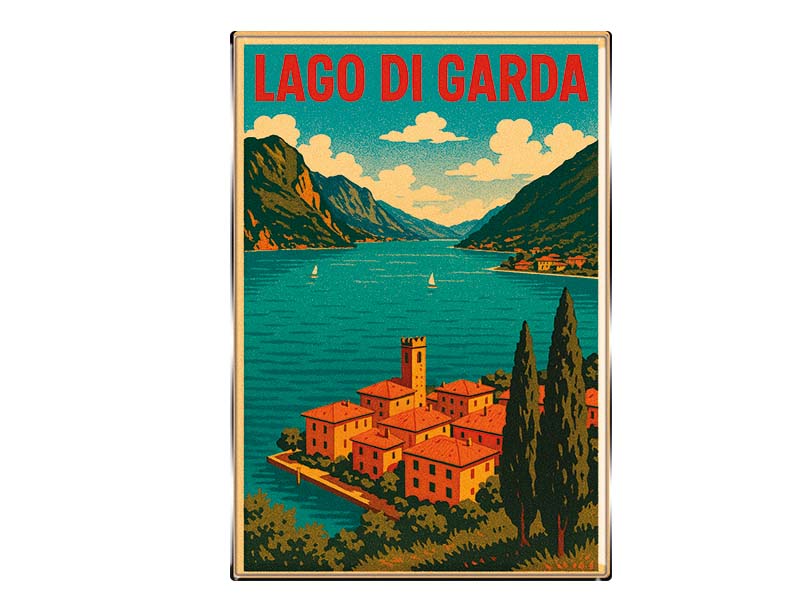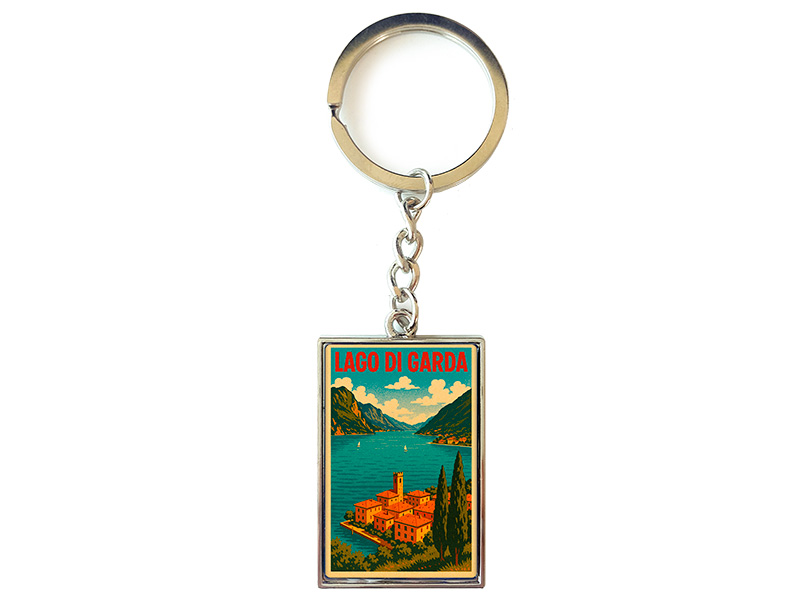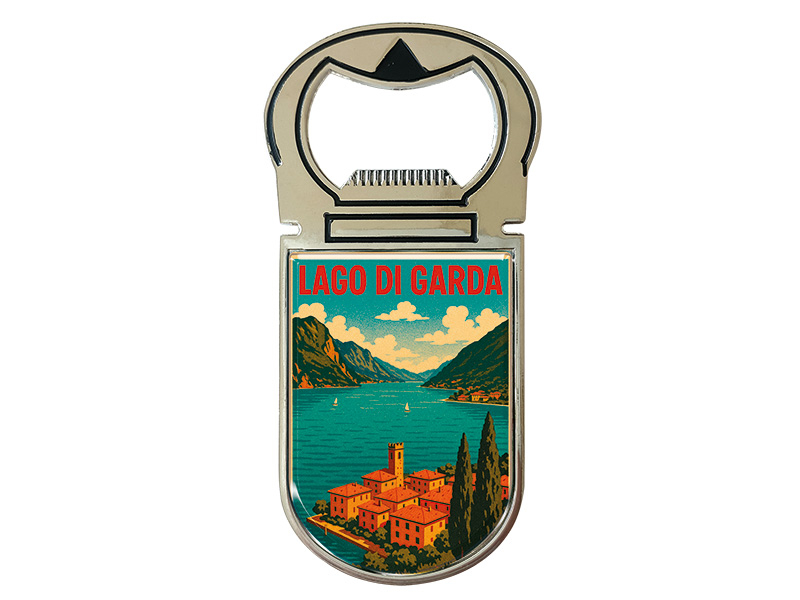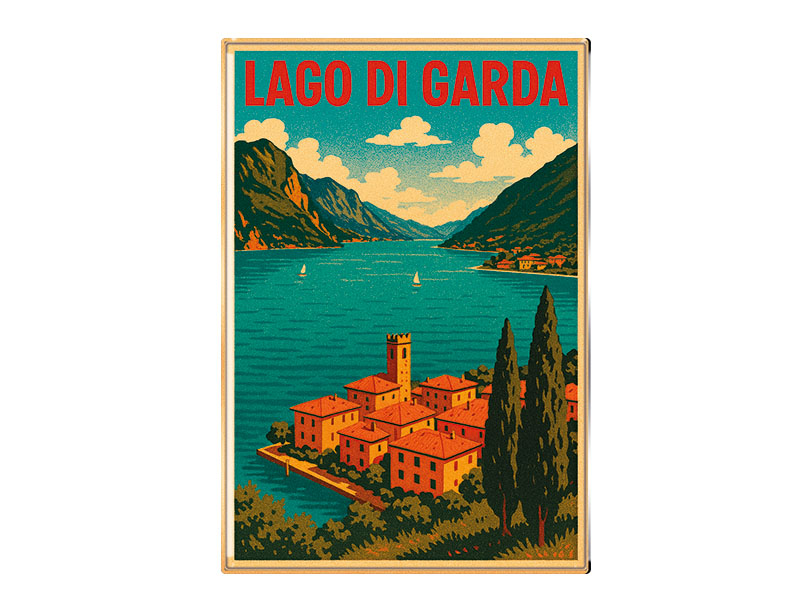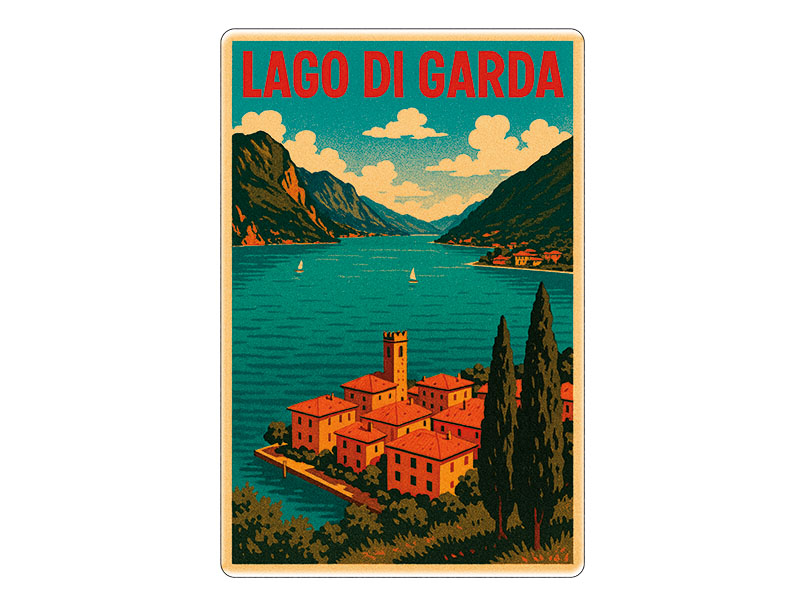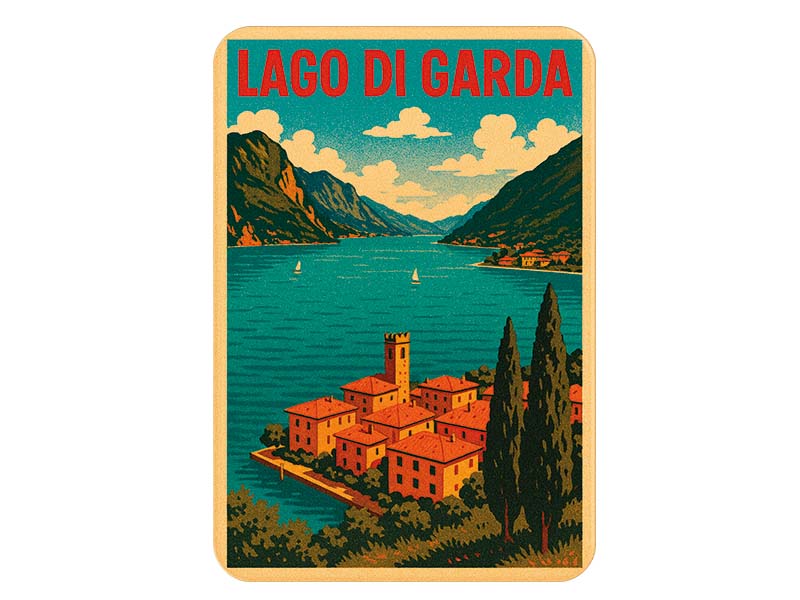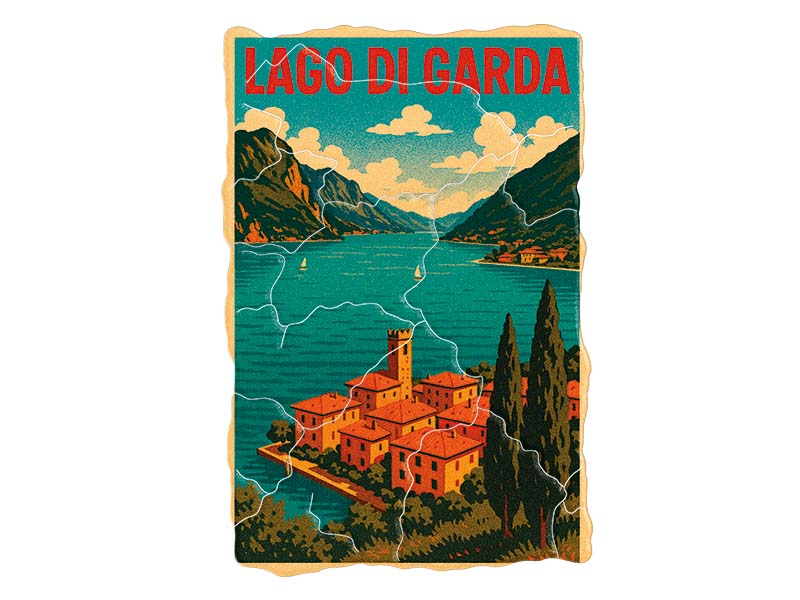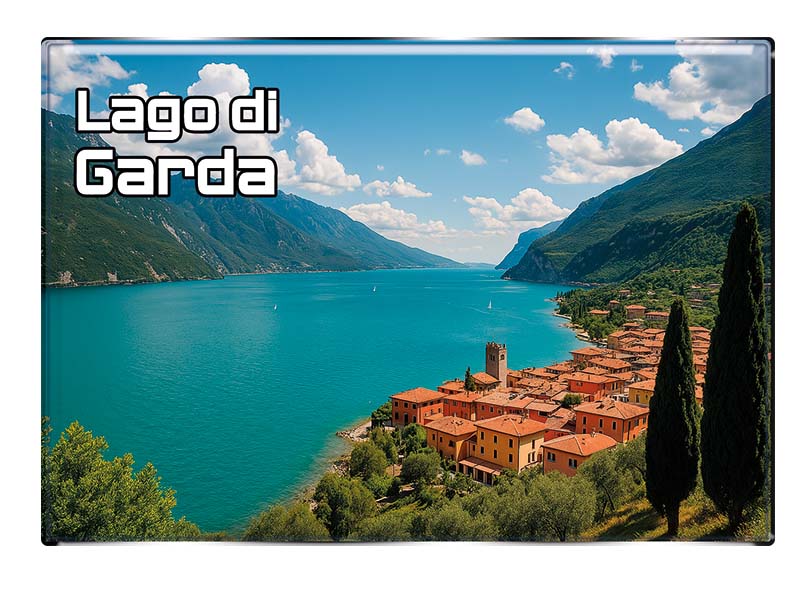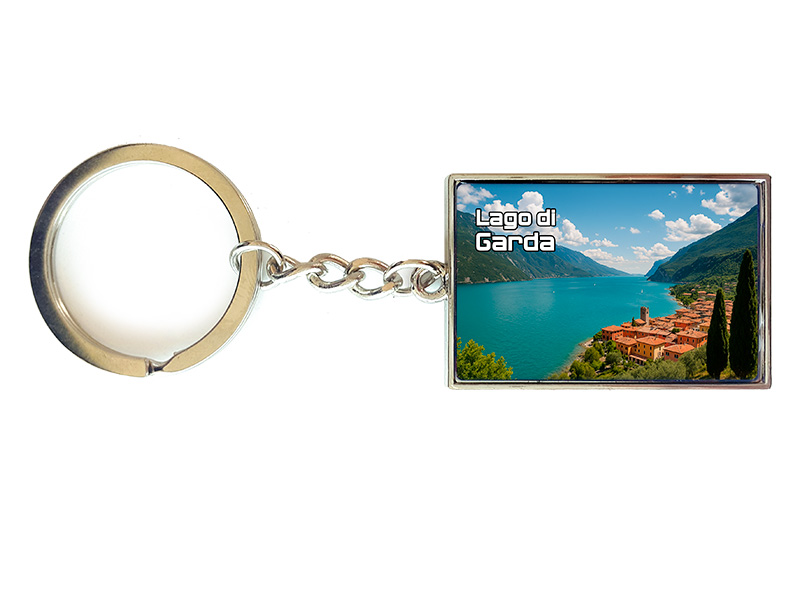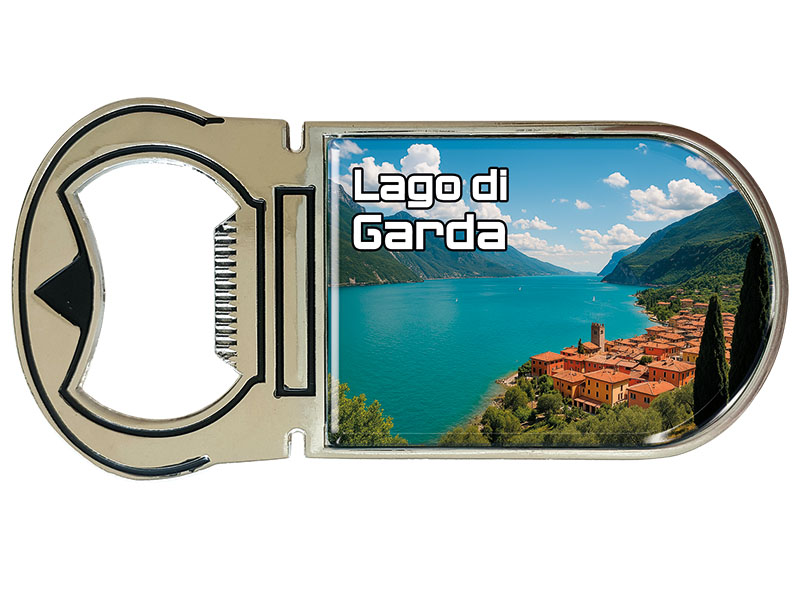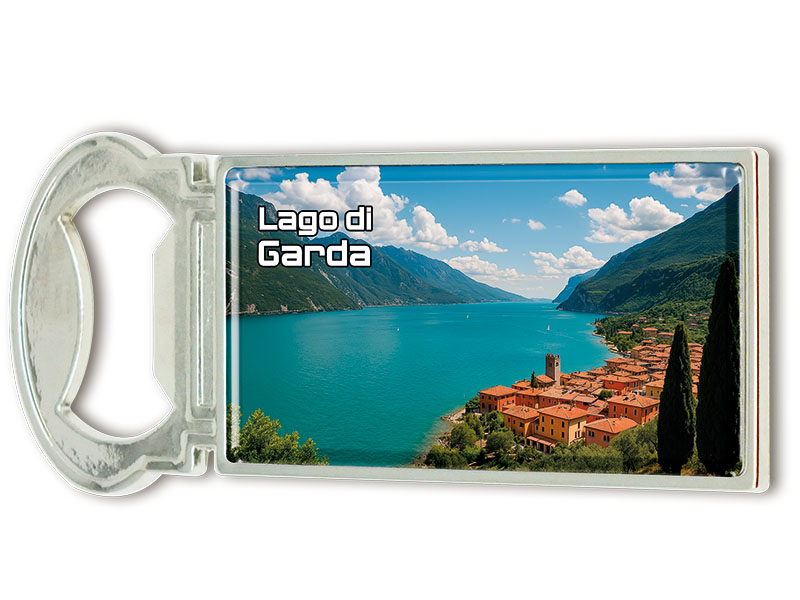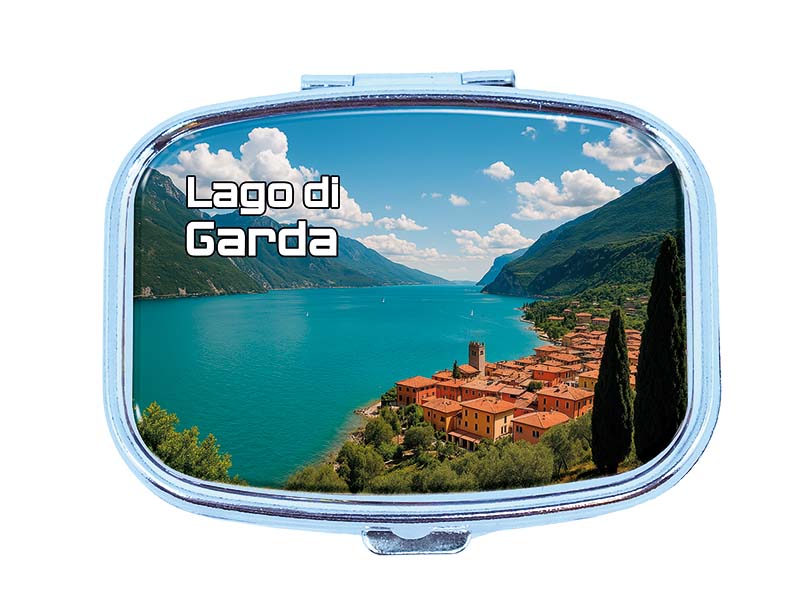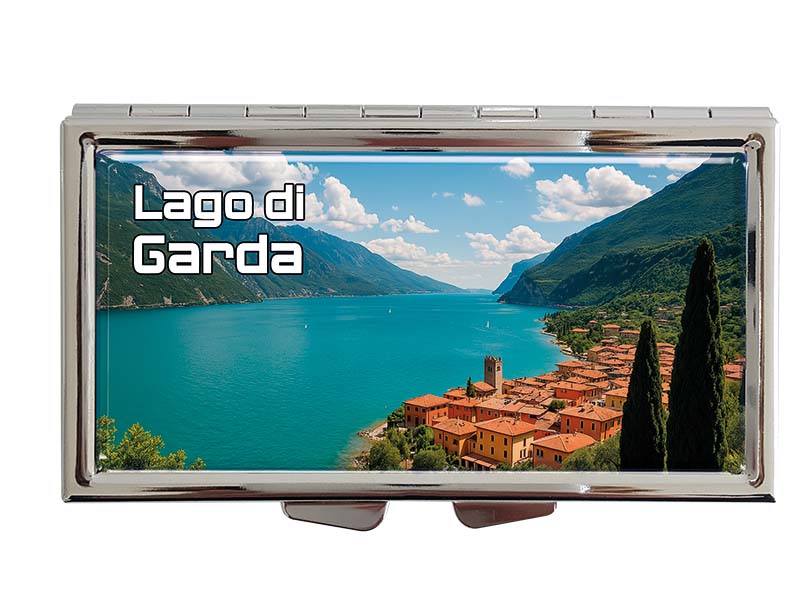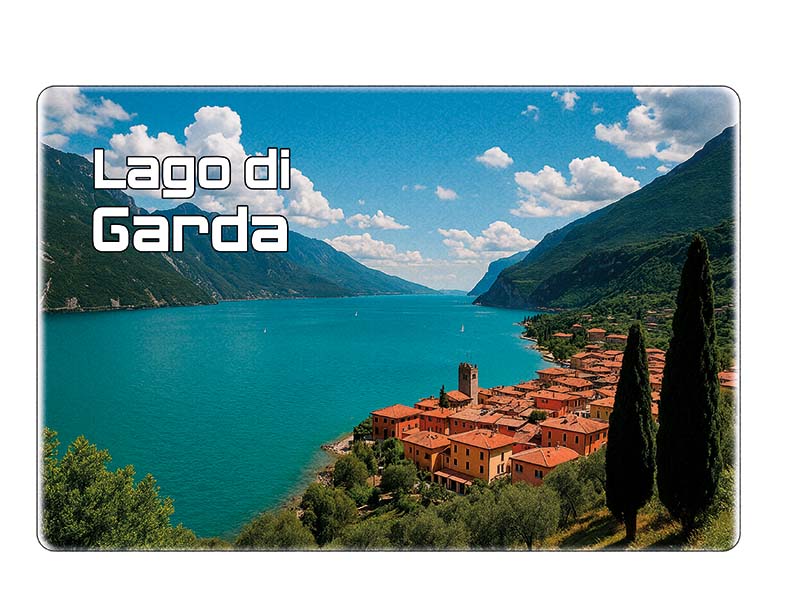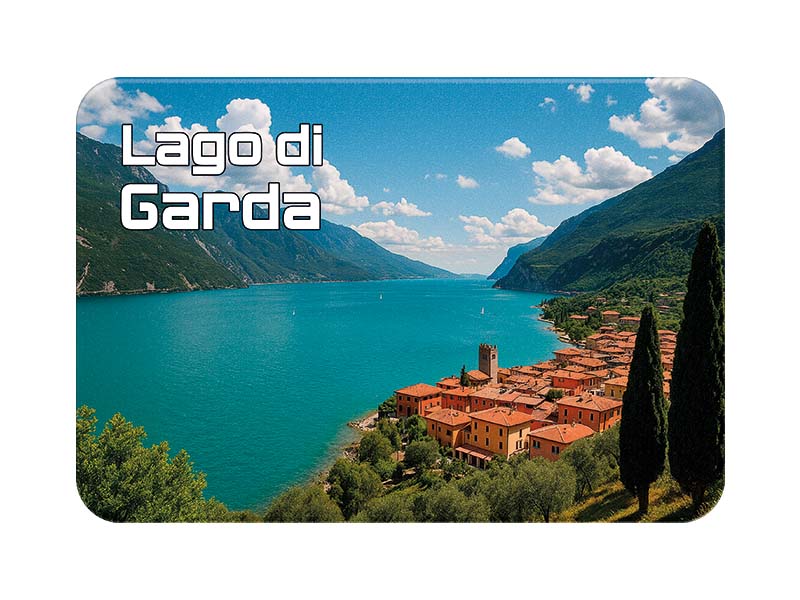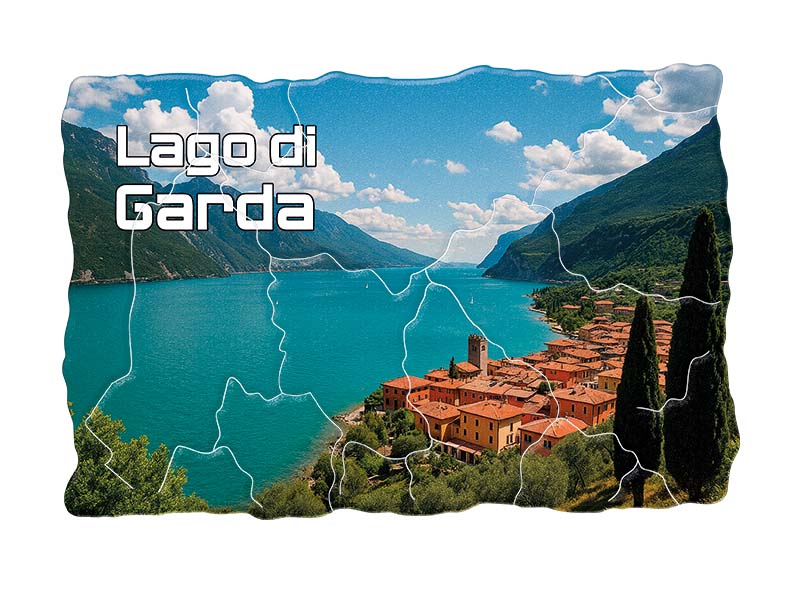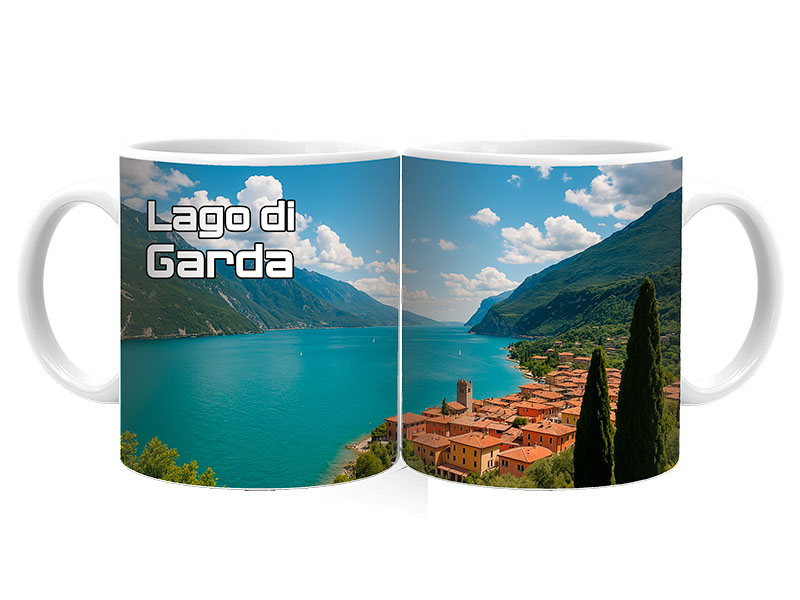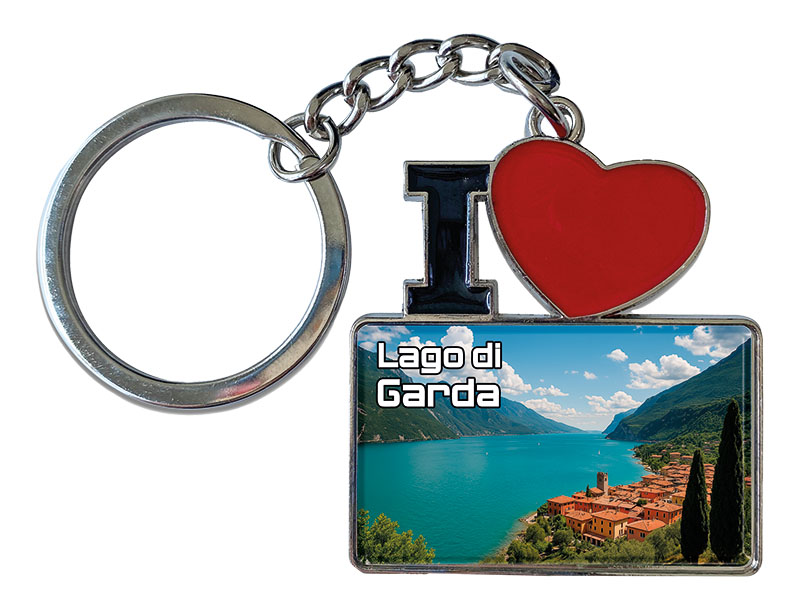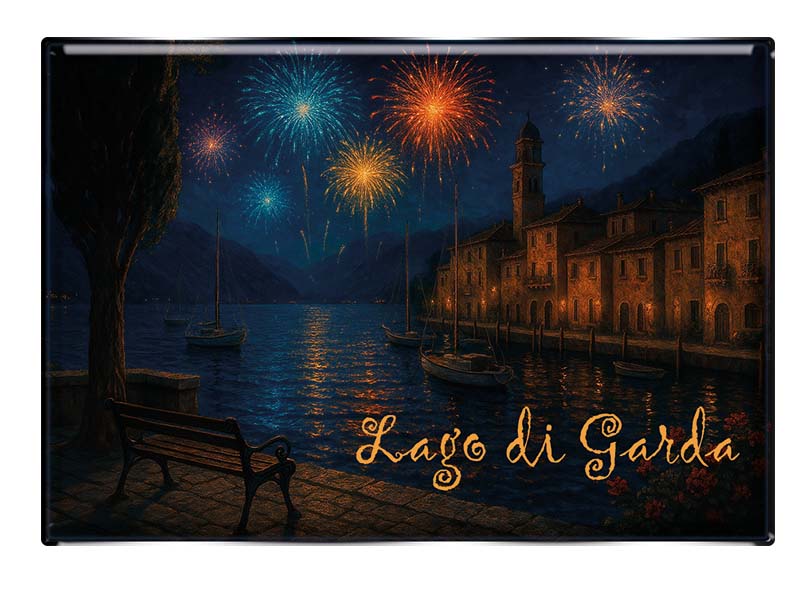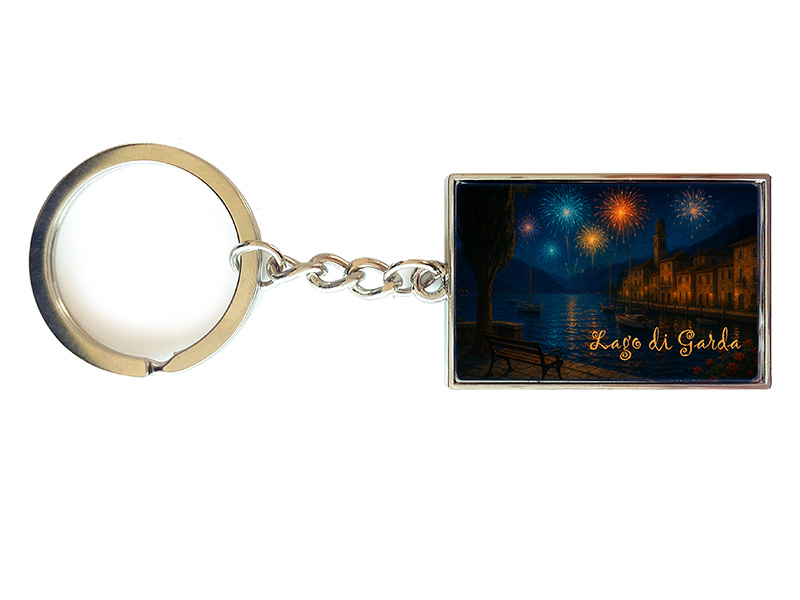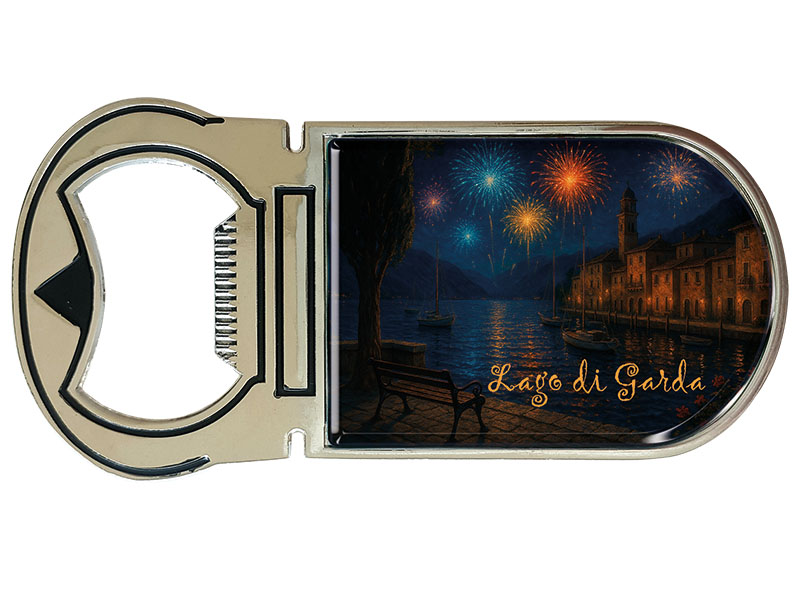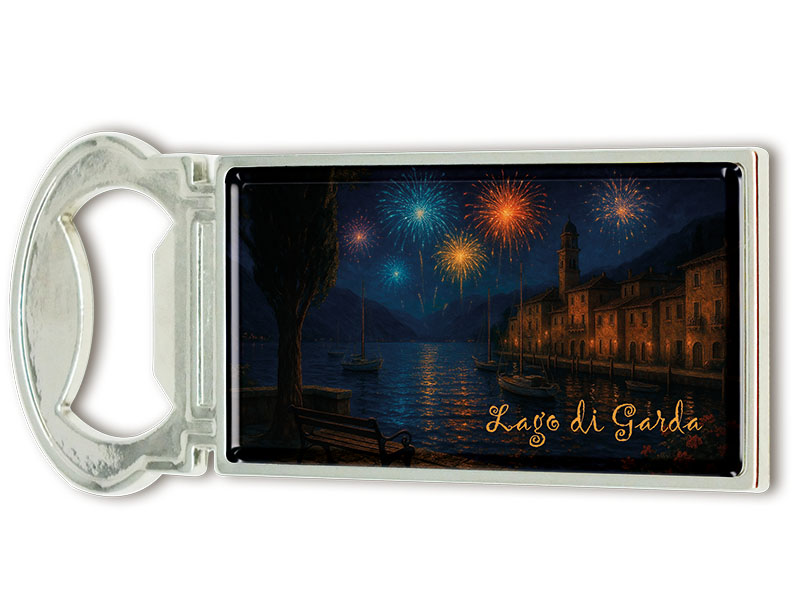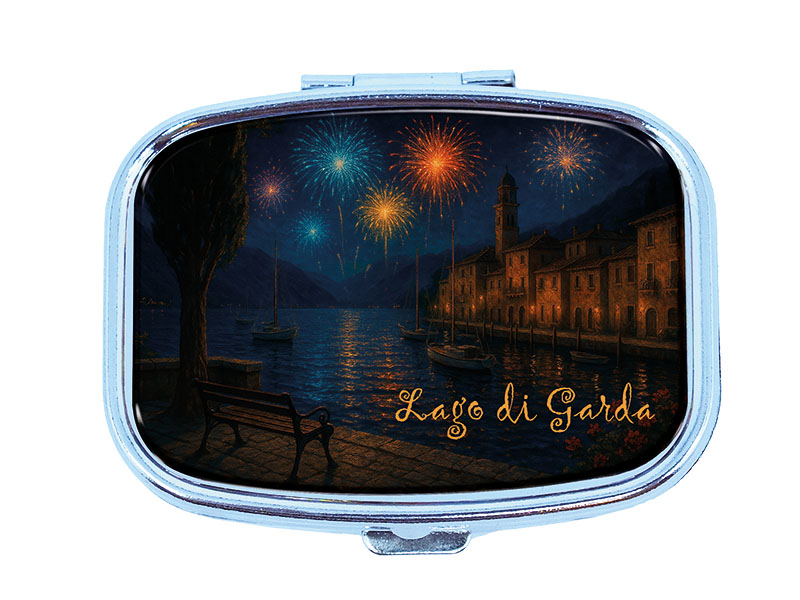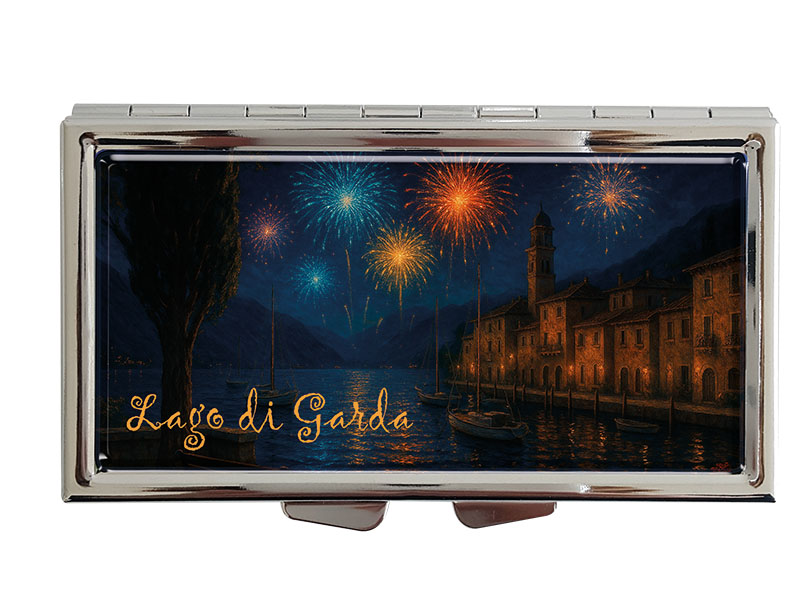- Vehicles
- Figures
- Witches
- Carnival
- Canvas
- Magnets
- Materials
- Maritime
- Hats
- New products
- Personalize
- Plush
- Dolls
- Collectible figures
- Keychain
- Special production
- %Special offers%
- Money boxes
-
Cities - Regions
- Bad Säckingen
- Bamberg
- Bayerischer Wald
- Berchtesgaden
- Berlin
- Bodensee
- Bremen
- Brocken
- Chiemsee
- Cochem
- Dinkelsbühl
- Dresden
- Eibsee
- Frankfurt
- Freiburg
-
Gardasee
- Garmisch-Partenkirchen
- Hamburg
- Harz
- Heidelberg
- Helgoland
- Insel Mainau
- Kleinwalsertal
- Koblenz
- Köln
- Königssee
- Leipzig
- Lübeck
- Mecklenburgische Seenplatte
- München
- Nürnberg
- Oberammergau
- Passau
- Potsdam
- Quedlinburg
- Regensburg
- Rothenburg
- Rügen
- Schwarzwald
- Stuttgart
- Sylt
- Titisee
- Traunsee
- Triberg
- Ulm
- Wernigerode
- Bags/Backpacks
- Textile
- Animal
- Subjects
More information? sign in.
More information? sign in.
More information? sign in.
More information? sign in.
More information? sign in.
More information? sign in.
More information? sign in.
More information? sign in.
More information? sign in.
More information? sign in.
More information? sign in.
More information? sign in.
More information? sign in.
More information? sign in.
The Lake Garda – A Jewel of Northern Italy
Lake Garda (Italian: Lago di Garda) is Italy’s largest lake and one of the country’s most famous and beloved travel destinations. Its unique blend of Mediterranean climate, stunning landscapes, and rich cultural heritage makes it a magnet for tourists from all over the world. Below is a detailed overview of Lake Garda, covering its origin and history, population, attractions, annual tourist numbers, geographic location, notable personalities, typical food and drinks, and traditional souvenirs.
Geographic Location and Formation
Lake Garda is located in northern Italy and stretches across three regions: Lombardy to the west, Veneto to the east, and Trentino-Alto Adige in the north. It measures approximately 52 kilometers in length and up to 17 kilometers in width. With a maximum depth of about 346 meters, it is the deepest lake in Italy.
The lake was formed around 15,000 years ago during the last Ice Age. Powerful glaciers sculpted the basin as they retreated from the Alps. This glacial origin explains the deep basin that now holds the lake’s waters. Numerous rivers and streams feed into Lake Garda, while the Adige River serves as its primary outflow.
The lake’s mild climate is supported by the surrounding mountains, creating an environment where olive groves, lemon trees, and palm plants flourish.
Historical Background
Lake Garda’s history is rich and varied. The area was inhabited since ancient times, with archaeological finds from the Roman era showing that the lake and its surroundings played an important role. The Romans used the lake for transportation and enjoyed the mild climate as a retreat.
During the Middle Ages, the region’s control shifted among various rulers, including the Scaliger family of Verona and later the Republic of Venice. The lake’s strategic location at the crossroads between northern Italy and the Alpine region also made it important militarily.
In the 19th and 20th centuries, Lake Garda increasingly became a popular tourist destination. European aristocrats and artists discovered the area’s beauty, leading to the construction of villas and beautiful parks.
Population and Towns
Approximately 180,000 people live around Lake Garda today. The population density is relatively high compared to other lakes, as numerous small and larger towns are situated directly along the shores.
Some notable towns on Lake Garda include:
-
Desenzano del Garda (Lombardy) – the largest town with around 28,000 inhabitants, known for its historic center and lively harbor promenade.
-
Sirmione (Lombardy) – famous for its peninsula featuring a medieval castle and Roman ruins.
-
Riva del Garda (Trentino) – located at the northern tip of the lake, a popular base for mountain and water sports.
-
Malcesine (Veneto) – known for its picturesque old town and cable car to Monte Baldo.
-
Limone sul Garda (Lombardy) – renowned for its lemon groves and charming streets.
These towns offer a charming mix of Italian flair, historical buildings, and tourist facilities.
Attractions
Lake Garda offers a wealth of sights and activities for visitors of all interests:
-
Scaliger Castle in Sirmione: This impressive 13th-century fortress is one of the lake’s landmarks. It stands directly on the water and offers spectacular views.
-
Roman Ruins of Grotte di Catullo: Located in Sirmione, these are the remains of a large Roman villa that provide insight into ancient life.
-
Monte Baldo: The lake’s “house mountain,” accessible by cable car from Malcesine, offers hiking trails, paragliding, and breathtaking panoramas.
-
Isola del Garda: The largest island on the lake, home to a magnificent Venetian-style villa and botanical gardens, open to visitors on guided tours.
-
Old towns of Riva, Desenzano, Limone: These towns charm visitors with narrow alleys, historic churches, and inviting squares for leisurely strolls.
-
Thermal Baths: Several thermal springs and wellness centers, especially in Sirmione, provide relaxation and health treatments.
Tourism and Visitor Numbers
Lake Garda is one of Italy’s most visited holiday regions. Each year, it attracts approximately 15 to 20 million tourists, mainly from Germany, Austria, Switzerland, and the Netherlands, but also many Italian visitors.
The peak season runs from May to September, when the weather is most pleasant. The lake is a paradise for water sports enthusiasts — sailing, windsurfing, kite surfing, and swimming are very popular. Additionally, hiking, cycling, and climbing attract many active holidaymakers.
The infrastructure is well-developed, with numerous hotels, holiday apartments, and campsites, as well as restaurants and cafés ranging from simple trattorias to gourmet establishments.
Notable Personalities
Several well-known figures have connections to Lake Garda:
-
Gabriele D’Annunzio (1863–1938): The famous Italian poet and politician owned a villa by the lake and spent much time there.
-
Tiziano Ferro: The internationally successful Italian singer was born in Latina but maintains ties to the region.
-
Heinz Beck: One of Italy’s most renowned chefs runs a three-Michelin-star restaurant highly popular with tourists around Lake Garda.
Many artists, writers, and athletes have also found inspiration at the lake or lived there temporarily.
Typical Food and Drinks
The cuisine around Lake Garda is influenced by both Mediterranean and Alpine traditions, thanks to its location between the Italian lakes and the mountains.
Typical dishes include:
-
Risotto alla Gardesana: A creamy risotto made with local ingredients such as fresh fish or vegetables.
-
Pesce di Lago: Fresh freshwater fish like trout or whitefish, usually grilled or fried in olive oil.
-
Bigoli con le Sarde: A pasta dish with sardines, typical of the Venetian side of the lake.
-
Polenta: Traditionally served as a side dish with meat or with mushrooms and cheese.
-
Olive Oil: Lake Garda is famous for its high-quality extra virgin olive oil, widely used in local cooking.
Popular beverages include local wines such as Bardolino and Garda Classico. A glass of Limoncello, a lemon liqueur, is also a regional specialty.
Typical Souvenirs
Visitors often take home local products as souvenirs:
-
Olive Oil: High-quality olive oil produced by small local producers is a favorite gift.
-
Wine: Especially wines from Bardolino or Lugana are highly sought after.
-
Limoncello: The lemon liqueur made near Limone sul Garda is a classic souvenir.
-
Ceramics and Glassware: Traditional handicrafts, including painted ceramics and glasswork, are available in some towns.
-
Food Items: Dried pasta, spice blends, regional sweets like honey or almond pastries are popular gifts.
-
Sports Gear: As Lake Garda is a hotspot for windsurfing and cycling, specialized equipment and apparel are widely sold.
Conclusion
Lake Garda combines nature, history, culture, and cuisine in a unique way. Its Alpine setting with a Mediterranean flair offers a variety of experiences — from historical sites and outdoor adventures to indulgent moments with regional specialties. Drawing millions of visitors each year, it appeals both to those seeking relaxation and to active explorers.
Whether strolling through the narrow streets of Sirmione, enjoying the view from Monte Baldo, or savoring a glass of local wine in a lakeside trattoria, Lake Garda leaves unforgettable impressions and invites visitors to return again and again.

